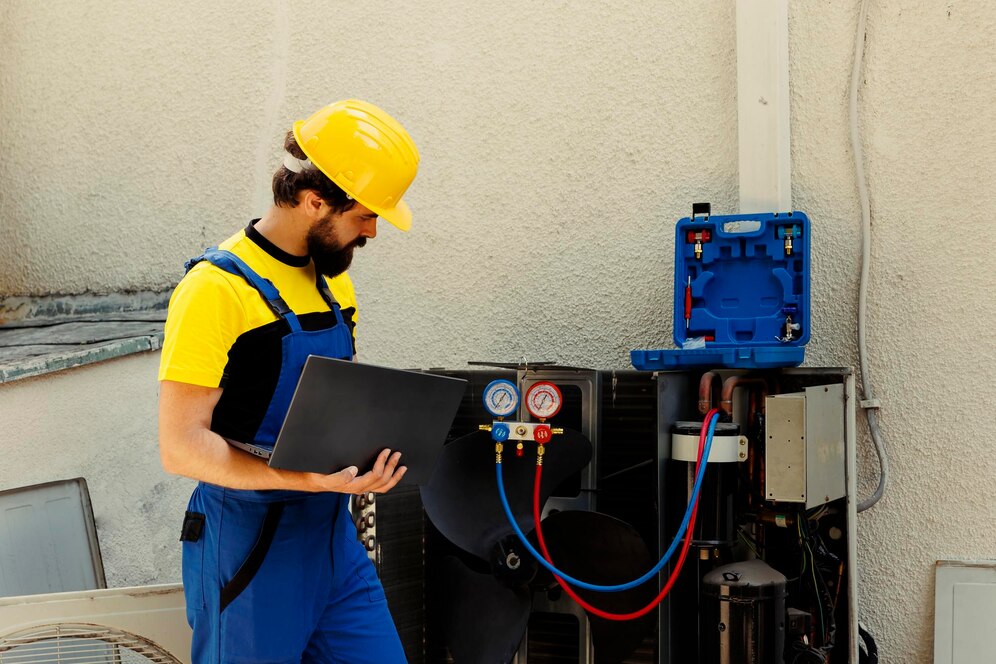Having a hot water system in your home is one of those modern conveniences that we often take for granted, until something goes wrong. One common issue that many homeowners face is a hot water thermostat that keeps tripping. This can be both annoying and disruptive, especially during those chilly mornings when a warm shower is all you crave. In this article, we will delve into why your hot water thermostat might be tripping and provide a step-by-step guide on how to reset it effectively.
Why Does the Hot Water Thermostat Trip?
- Overheating: The most common reason for a hot water thermostat to trip is overheating. When the water temperature exceeds the thermostat’s safety setting, it automatically shuts off to prevent damage or potential hazards.
- Electrical Issues: Faulty wiring or electrical surges can also lead to your thermostat tripping. Such problems might require professional intervention.
- Faulty Thermostat: Over time, thermostats can wear out or become faulty, causing them to trip more frequently.
- Sediment Build-up: Accumulation of sediment in the tank, especially in areas with hard water, can cause overheating and subsequent tripping of the thermostat.
- Malfunctioning Heating Element: A broken or malfunctioning heating element can lead to uneven heating and cause the thermostat to trip.
How to Reset Your Hot Water Thermostat
Before attempting any reset, ensure your safety by turning off the power supply to your hot water system.
- Locate the Reset Button: Most hot water systems have a reset button located on the thermostat. It’s typically red and located behind an access panel.
- Press the Reset Button: Once you find the reset button, press it firmly. If the thermostat has tripped due to overheating, this should help reset it.
- Wait and Check: After resetting, wait for a few minutes and check if the water heats up. Be cautious – if the thermostat trips again soon after resetting, there might be a more significant issue at hand.
- Inspect for Other Issues: If the problem persists, inspect for other issues like sediment build-up or a malfunctioning heating element.
- Seek Professional Help: If you’re not comfortable handling these inspections or if the problem continues, it’s wise to call a professional. Tampering with electrical components without proper knowledge can be dangerous.
Preventative Measures
- Regular Maintenance: Regularly draining and cleaning your hot water tank can prevent sediment build-up.
- Check the Thermostat Setting: Ensure the thermostat is set at a safe temperature (usually around 120°F or 49°C).
- Regular Inspections: Have a professional inspect your hot water system annually to catch any potential issues early.
In conclusion, a tripping hot water thermostat is a common issue that can often be resolved with a simple reset. However, understanding the underlying cause is crucial to prevent future occurrences. Regular maintenance and professional inspections can go a long way in ensuring your hot water system runs smoothly, providing you with that much-needed warm comfort when you need it the most.




